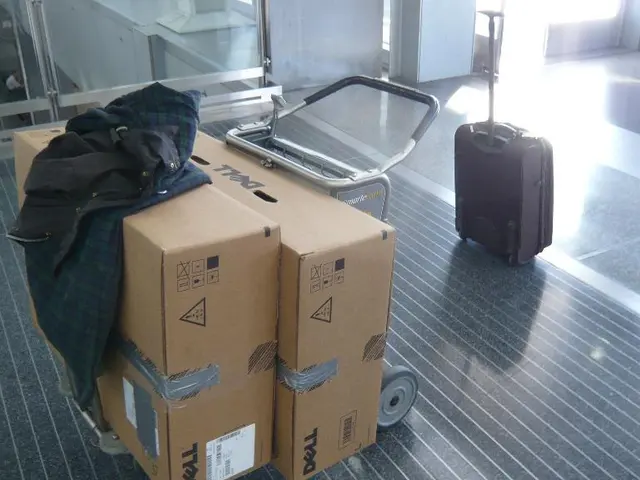Maximizing Ad Income Across Streaming and Traditional Broadcast Networks
In the rapidly evolving world of media, traditional broadcasters are adapting to the digital age by enhancing their linear advertising strategies. Media companies are now capable of intelligently creating and inserting multiple versions of SCTE-35 markers, enabling them to enrich the downstream ad experience for any region, audience, or platform.
This shift in approach is a response to the growing preference among consumers for event-based viewing and on-demand streaming content experiences. As consumers increasingly favor these digital platforms, broadcasters with hybrid digital and linear offerings are seeking ways to maximize the value of their content libraries.
Media giants like Netflix, Amazon Prime Video, Disney+, and European providers such as Joyn, RTL+, and MagentaTV are driving innovations in both linear and on-demand content. Traditional TV broadcasters are increasingly competing with these streaming platforms and adopting hybrid models. However, some still rely heavily on linear TV and have yet to fully embrace the on-demand concept.
The digital world has changed everything, with consumers now able to watch content anytime, anywhere, and on any platform. This shift in viewing habits has required media companies to adopt a digital advertising mindset. The focus is no longer on selling airtime, but on impressions.
Innovation in IP video distribution and content versioning enables media organizations to produce highly regionalized content. Customization and hyperlocalization can be competitive advantages for broadcast advertising in the digital world. Brands and advertisers can now use data to make informed decisions about their advertising real estate, particularly for hyper-targeted regionalization, tailored messaging, and coordination.
Leveraging the right ad strategies to monetize content of all flavors is mission-critical for business growth. Although strategic targeting comes with a premium price tag, it should be seen as a worthwhile investment. Media organizations can offer ad packages across digital and linear channels, optimizing content monetization and streamlining siloed ad processes.
As the volume of high-value content increases, the new phase of digitally-inspired broadcast advertising will begin to deliver measurable results. Broadcast advertising is evolving, harnessing the targeting capabilities typically associated with on-demand streaming to increase ROI and drive growth for broadcasters.
Capturing and retaining global and hyperlocal audiences across multiple platforms is a vital challenge. Media companies are looking to expand their reach by delivering market-relevant and localized content to boost engagement. Content distributors can apply their digital framework to their linear channels, creating compelling offerings that deliver similar value to digital ad packages.
Despite these advancements, the value of traditional broadcast advertising is being questioned. With 39% of marketers planning to reduce spending on linear channels, it is clear that the industry must adapt to remain competitive. The future of broadcasting lies in the successful integration of digital strategies into linear channels, ensuring a seamless and engaging experience for viewers, regardless of platform.






